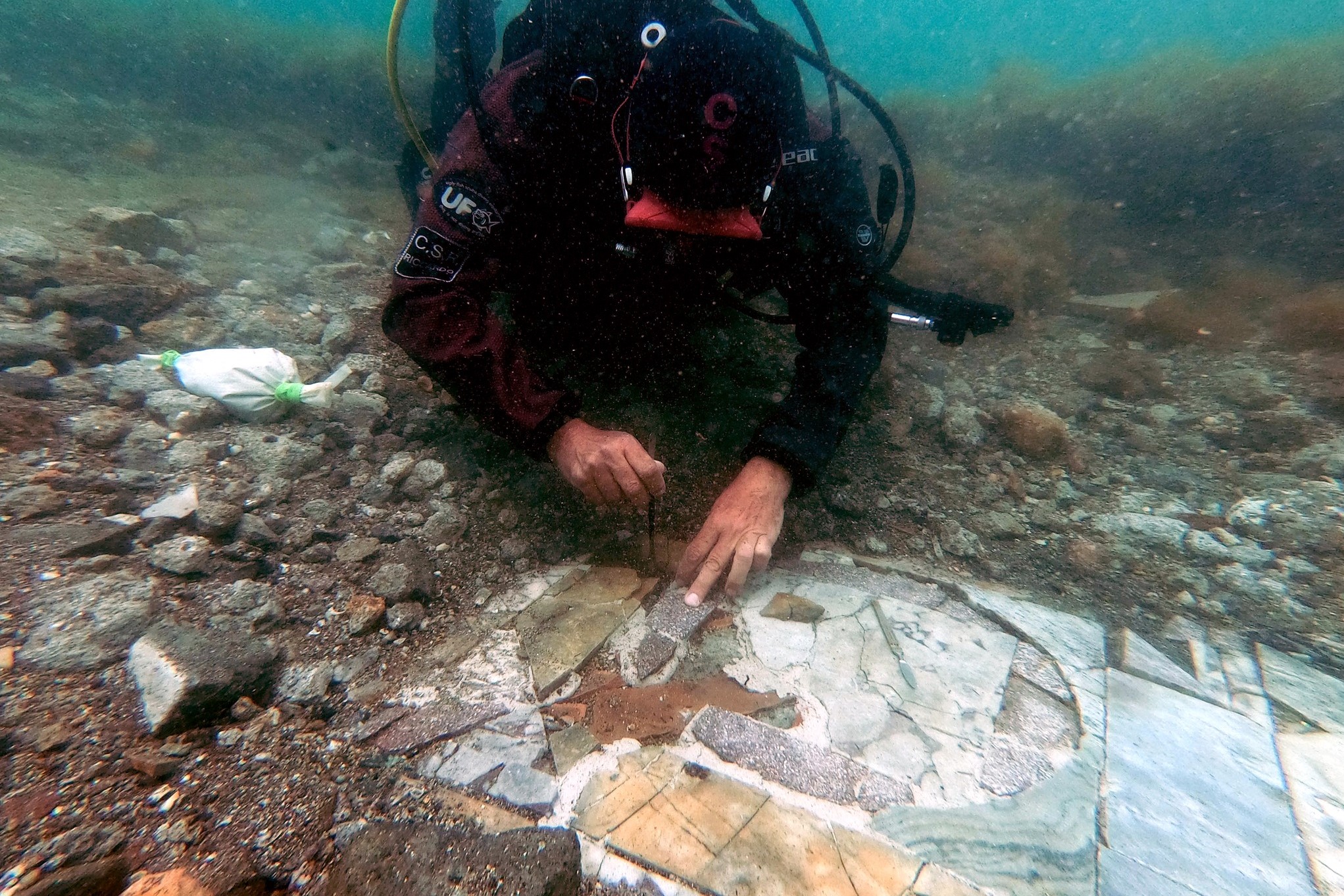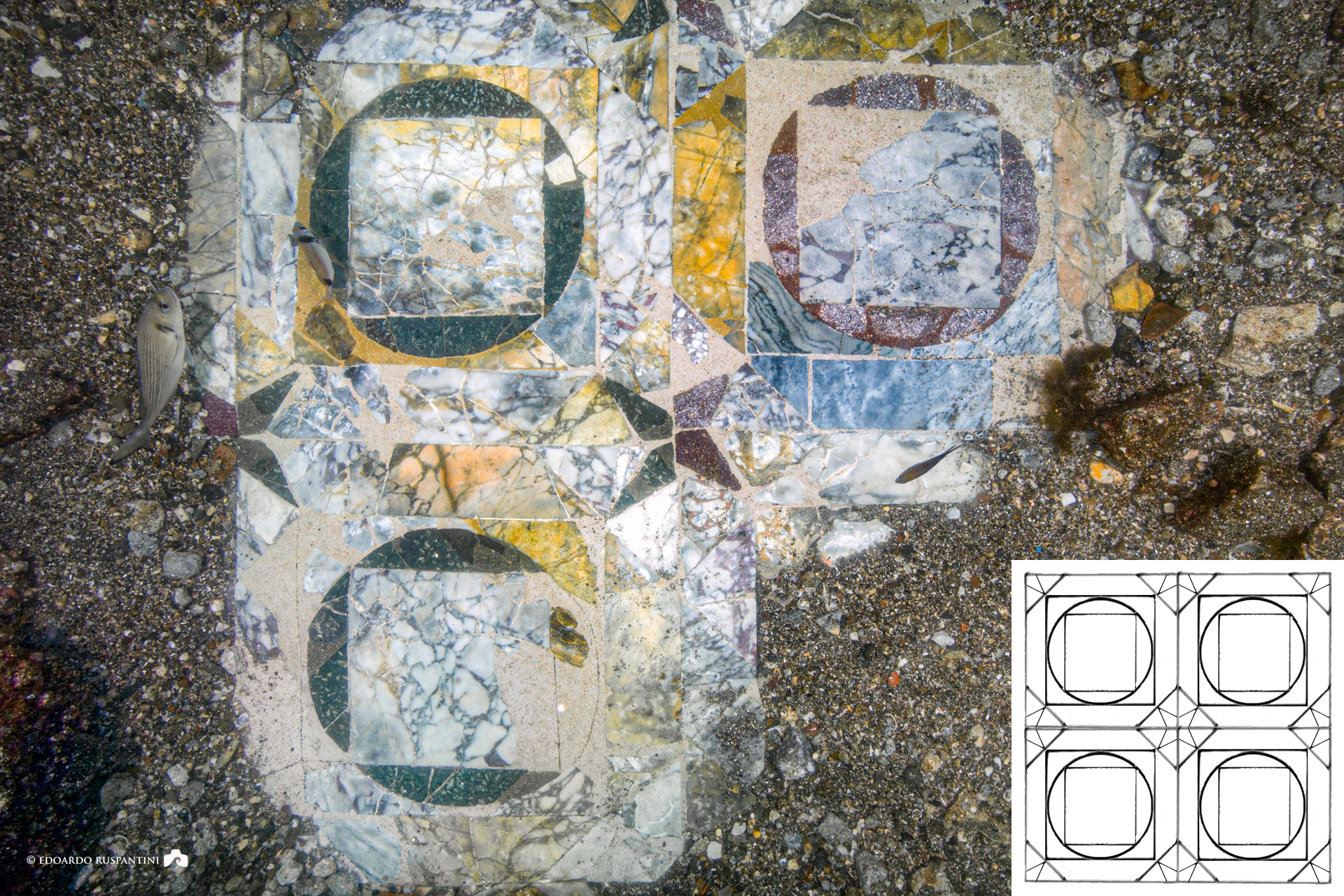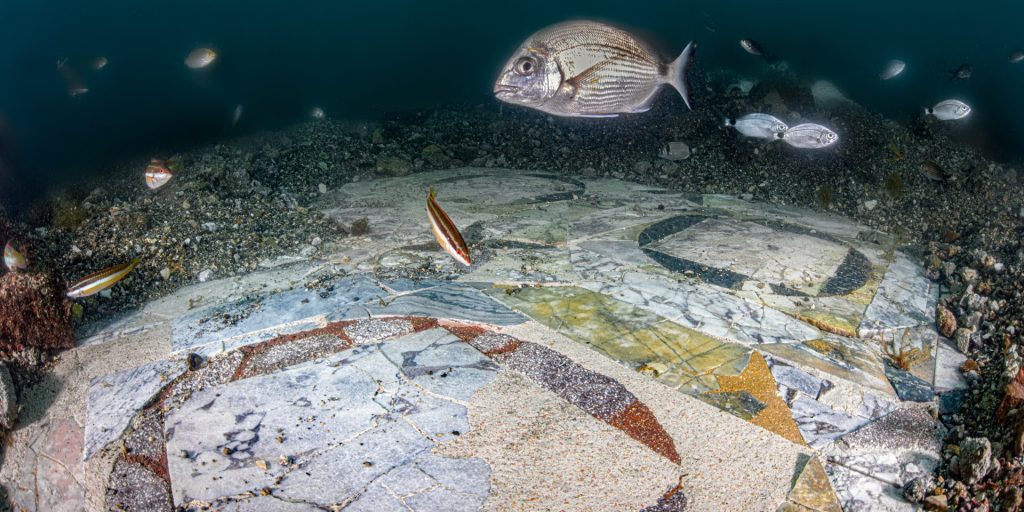An underwater restoration project in Italy lead to a stunning discovery.
Others are reading now
In Bacoli, Italy, an underwater project has uncovered something incredible: the marble floor of a sunken Roman villa.
This discovery is part of ongoing work by CSR Restauro Beni Culturali and Naumacos Underwater Archaeology and Technology at the Submerged Archaeological Park of Baiae.
This park is one of the most historically important underwater areas of the Roman Empire.
The Parco Archeologico Campi Flegrei announced on Facebook that this beautiful marble floor was found near the submerged city of Baiae, which is close to Naples.
Also read

The Marvelous Marble Floor
The floor is an example of opus sectile, a decorative style where pieces of stone or marble are cut precisely to form intricate patterns.
Unlike mosaics, which use small, uniform pieces called tesserae, opus sectile uses larger, shaped pieces that fit together like a puzzle. This allows for more detailed designs, often showing the wealth and taste of the villa’s owner.
This floor, located in the submerged city of Baiae, covers about 2,700 square feet (250 square meters) and dates back to the end of the Roman Empire.
Interestingly, the floor was made using recycled marble, likely to save money, showing that even the wealthy were feeling financial pressures at that time.
“It is the magic of Baia Sommersa, a marble floor from an ancient Roman villa,” said Bacoli’s mayor, Josi Gerardo Della Ragione. “This discovery lets visitors dive into history and explore the hidden wonders beneath the sea.”

A Look Back in Time
The submerged city of Baiae, also known as Baia, was a luxurious Roman town on the northwest shore of the Gulf of Naples.
Baiae was famous for its lavish villas, thermal springs, and indulgent atmosphere.
Over time, parts of Baiae sank below sea level due to bradyseism, a slow process where the Earth’s surface alternately rises and sinks, along with volcanic activity. This caused parts of the city to submerge.


